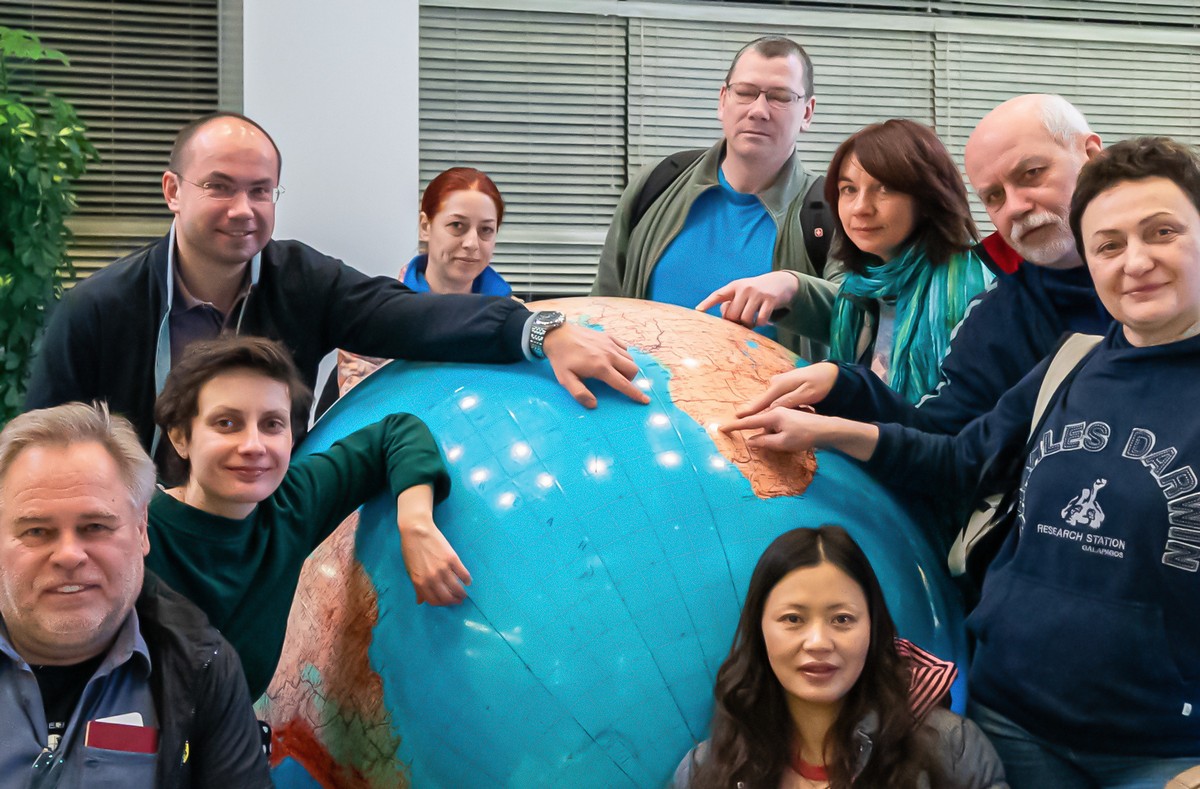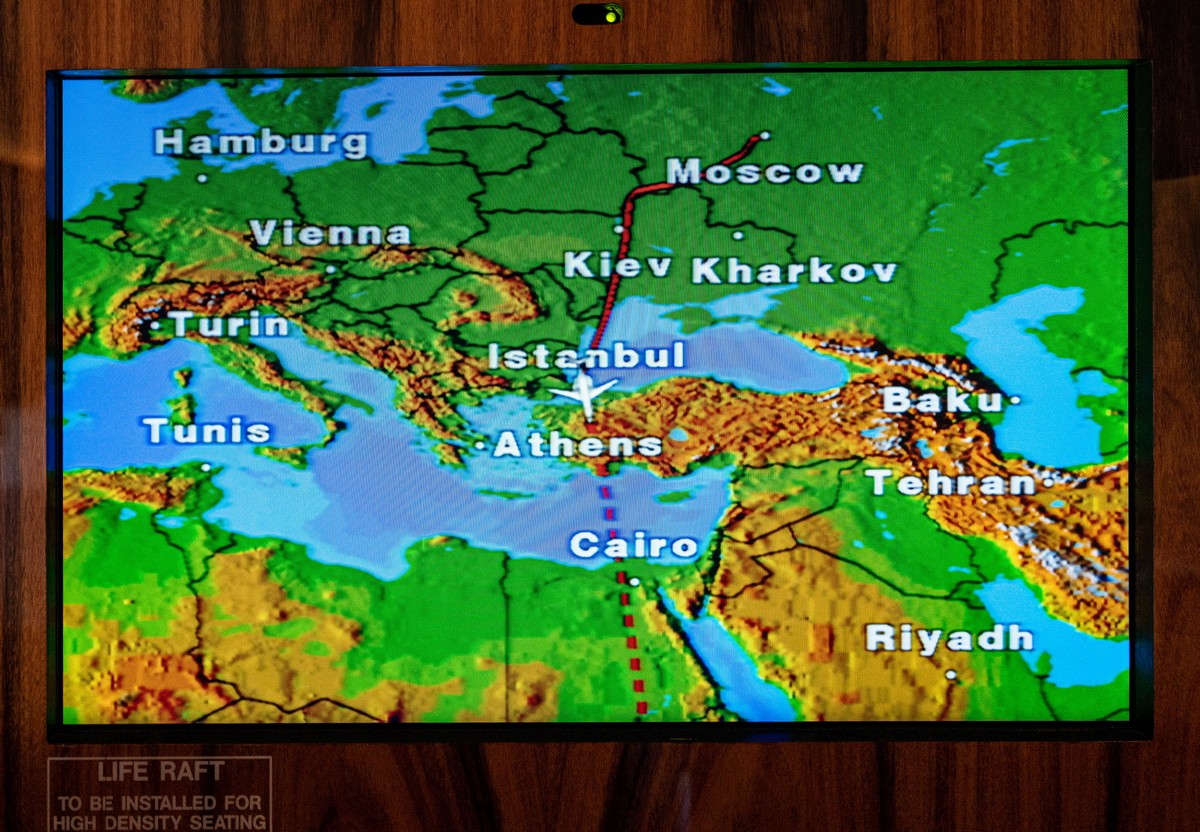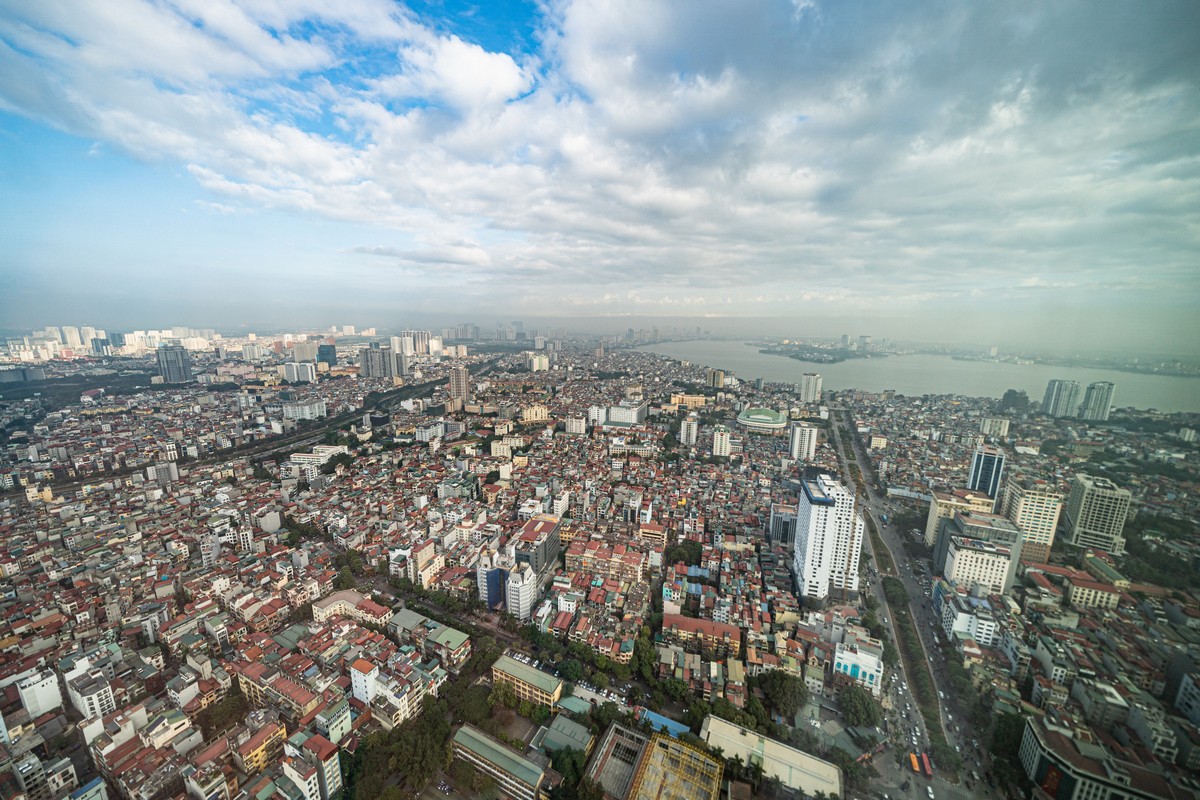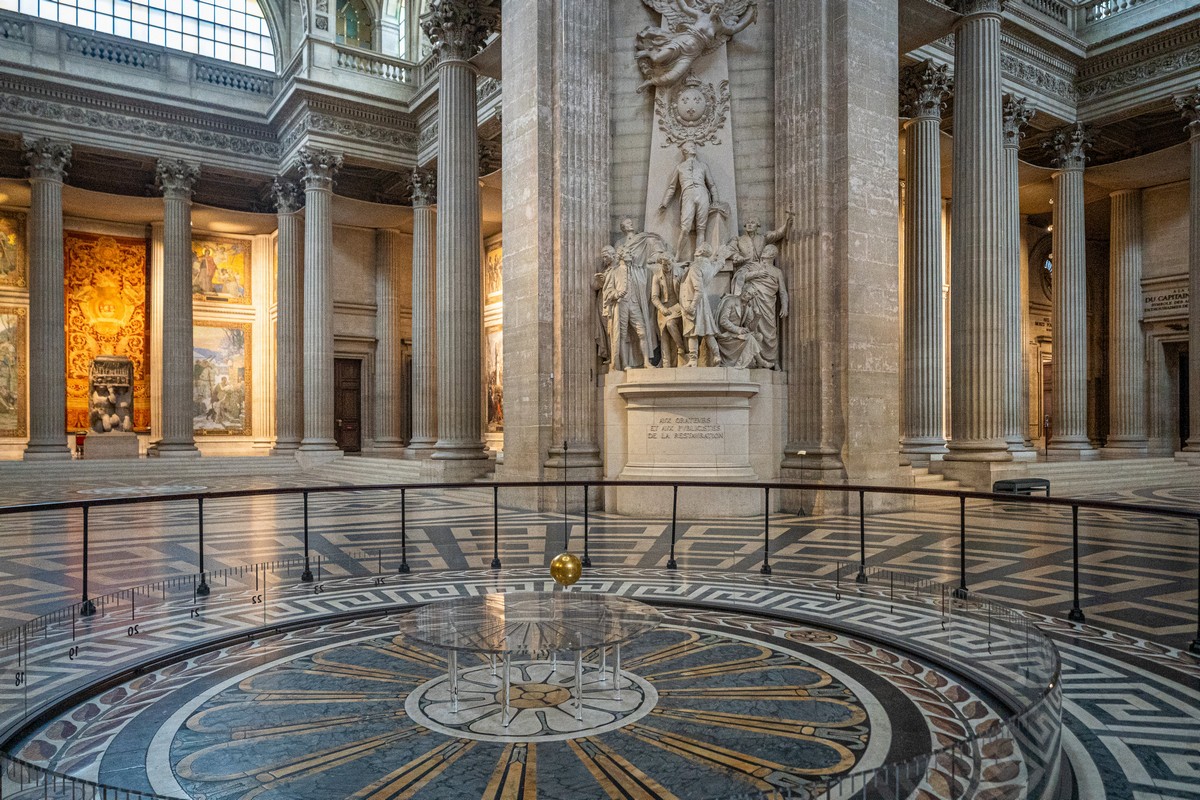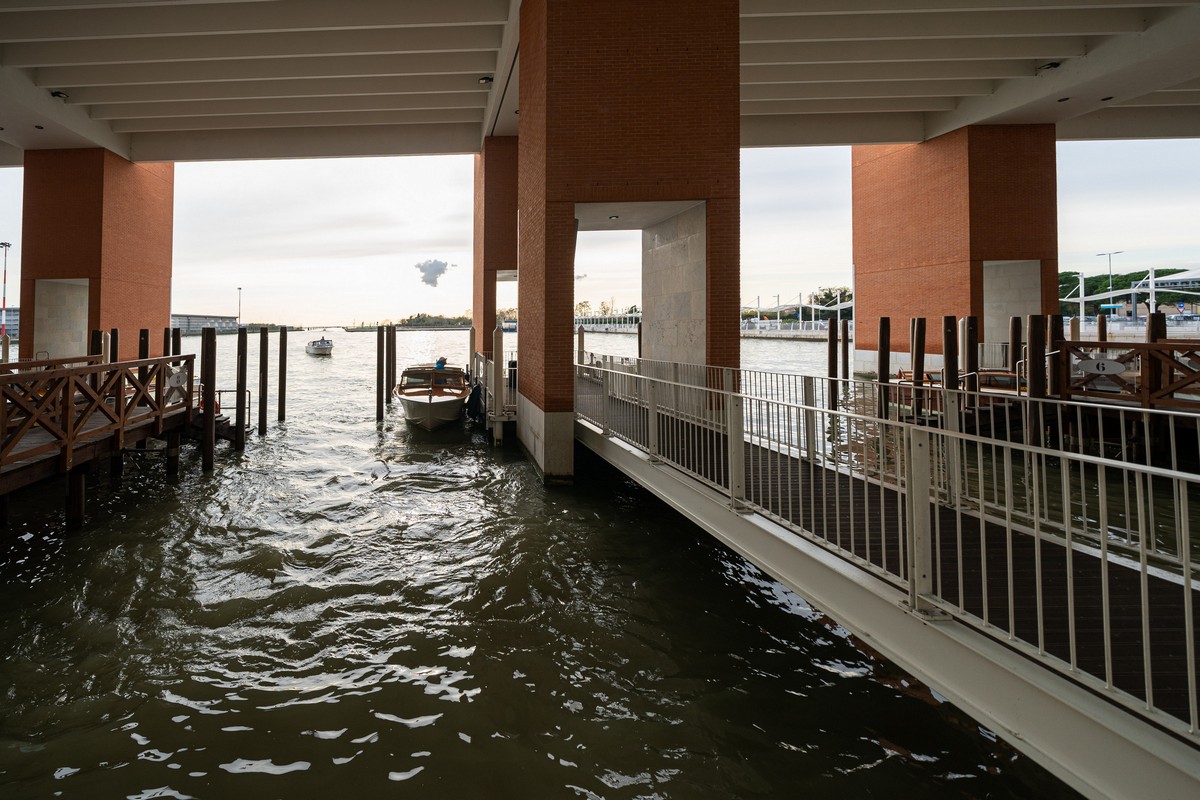January 31, 2020
African Adventure 2020 – Namibia: day one (and full of surprises).
All righty. Finally, let me get this African series fully underway. On today’s menu, my initial impressions of Namibia, particularly – its roads and the scenery viewed therefrom, plus its sandy beaches, and whatever else I’ll be reminded of as I sort through my many photos…
Now, for various historical reasons, it turns out that Africa is my least-traveled-to continent. Out of the 50+ countries I’ve visted, only 10 have been African (not including the Seychelles or Mauritius in the Indian Ocean, which technically are also African). What’s more, only four of those were business trips (with a spot of tourism on some); the rest were visited exclusively for a vacation.
My impressions of the African continent tend to coincide with those of the majority – especially as concerns the Sub-Sahara: poor, and in some places – unsafe. Astonishing nature and wildlife, but with poorly-developed governments. But when in May of last year (2019) I visited Rwanda, my impressions started to change. // Have a read of that link – it truly is an extraordinary, curious place. Rwanda is sometimes called the ‘African Switzerland’. It’s a most atypical country for this continent.
I’d heard a few things about Namibia before: about it’s natural beauty, and its, too, being something a bit special for Africa – a cut above its neighbors somehow. Well, having now been there myself, I can confirm this to be true. Namibia isn’t Africa as we tend to know it. At first, it felt like we were in Australia! The bluest sky, endless expanses, excellent roads, pretty houses and neatly mowed lawns. For example, as you drive through the Namibian coastal city of Swakopmund, it feels like you’re in a provincial Australian town/city like Katoomba or Warrnambool.

